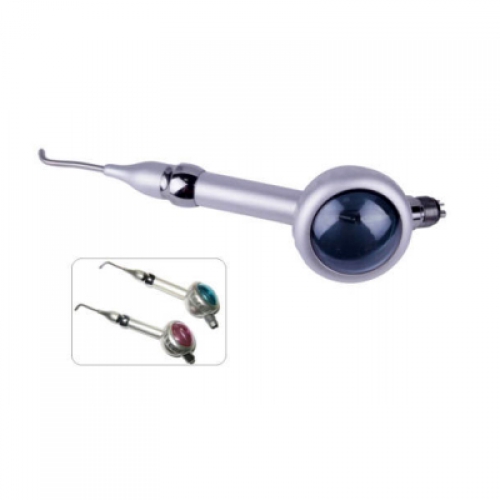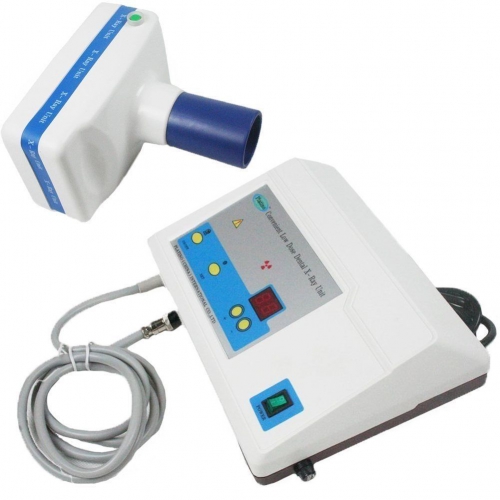Some units are portable, allowing practitioners to move them around as needed. Others are mounted in a practice. For hygiene reasons, the dental air compressor is typically attached to short tubing. Dentists may place a unit between two treatment rooms, for example, providing access from either side while leaving the tubes short to reduce the risk of breeding bacteria. The best option for a facility can depend on the number of patients it sees and the kinds of procedures it performs with the use of compressed air.
A small compressor has the advantage of being lightweight, quieter and cheaper. However, if asked to work beyond its capacity, it will overheat and cut out. It is often suggested that if the practice intends to perform restorative work it is best to have an oilless compressor, to prevent oil droplets in the airline contaminating the restorative material.
The temperature that surrounds an air compressor is integral to the quality of the machine’s performance. If the air that surrounds the compressor is hotter than normal due to rising outdoor temperatures, it can affect the performance of pneumatic tools and machines. Therefore, it’s crucial to ensure that the air compressor itself maintains consistent temperatures throughout the year, including those months where outdoor temperatures top 80 degrees.
In recent years, increased awareness over the detriments of air contamination has spurred the development of advanced filtering systems for compressed air. The trend has gained steam in tandem with the move towards conservation and energy efficiency, both of which have been aided by the widespread adoption of pneumatic tools and machinery.
In order to prevent an air compressor from getting hotter during summer, the coolers must be cleaned each year just as temperatures begin to rise. If the coolers are clogged, it could impede their ability to keep your compressed air system at desired levels. To prevent this from happening, perform the following actions several weeks in advance of each summer:
Inspect the coolers for traces of dirt, gunk or misty residue.
Clean away any dirt deposits present on the coolers.
If the air compressor gets overheated, the impact could be troublesome for the compressor itself, as well as for any attached pneumatic tools and machinery. If a compressor is used to power air blowers, for example, the quality of air that reaches the end point could be ill–suited to the task at hand when the system is overheated.
Both new and used dental air compressor options are available. Some manufacturers offer refurbished units which have been carefully serviced before sale. These units are similar to those that are new, but have a lower price because they’ve been gently used. It may also be possible to rent a unit, which can help defray the startup costs for a dental practice. The equipment needed to start offering services to patients can be substantial, making it expensive to start a new business.


